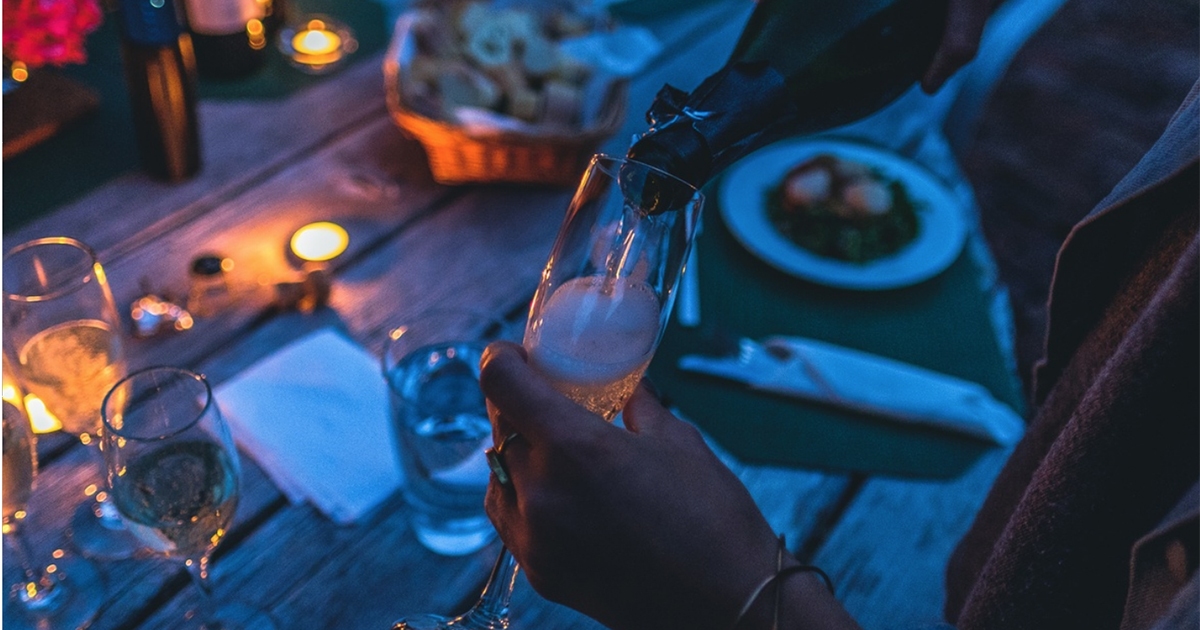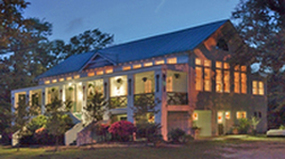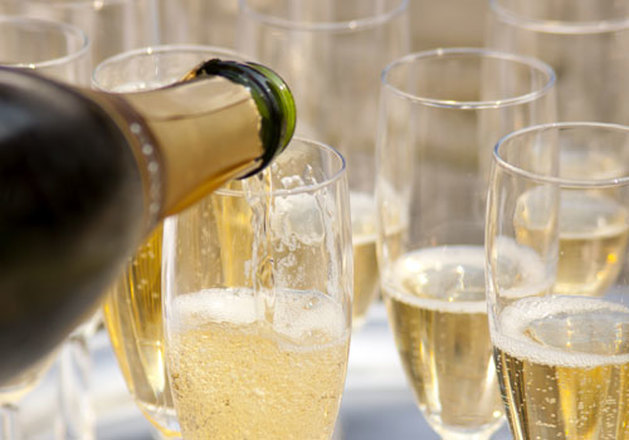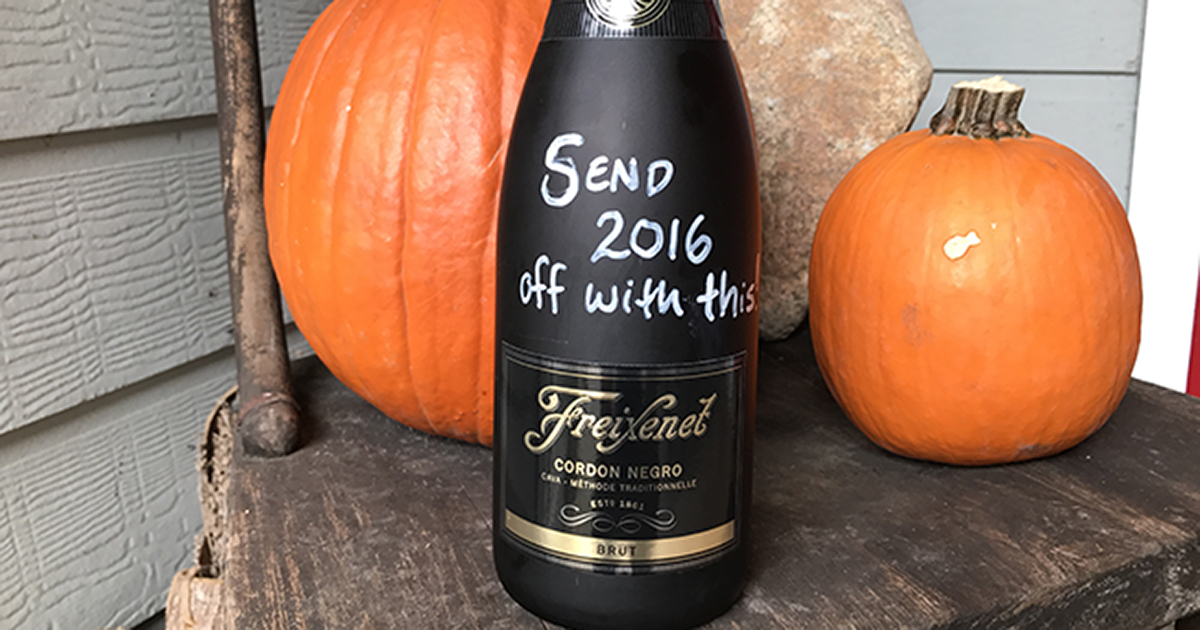Cava For Christmas
Switch up your holiday bubbly this season with Spanish sparkling wine. And don't miss Anna's recommendations for Steals (around $10), Deals ($15 range) and Splurges($20 - $40 range) - all locally available in the Bay-Waveland area!
For my palate, Prosecco tends to be too sweet and Champagne tends to be too full of Chardonnay notes (not to mention the price tag for a decent bottle). I've got a fever, and the only cure is more Cava.
Cava is a sparkling wine produced in the Catalonia region of Spain. Consider it Champagne's southern cousin: like Champagne, Cava is predominately made from a mix of three grapes and follows an identical production sequence. Like Champagne, Cava can have a range of sweetness, from Brut Nature to Dolce. Like Champagne, Cava undergoes secondary fermentation in the bottle and all carbonation is a natural result. Unlike Champagne, the grapes used for Cava, unique to this region in Spain, have some incredibly fun names. Check these out: Macabeu, the base of most Cava blends, brings a slight floral aroma, lemon flavors and a crisp, delicately bitter finish. Parellada provides aggressive acidity and bold citrus. Xarel-lo lends rich aroma and body, with notes of pear and melon. These three are blended in varying percentages, and overall create a sparkling wine that is drier than Italian Prosecco and less nutty than Champagne. Cava follows the Champenoise method of production, although according to my research we are no longer supposed to use that term to describe Cava (only Champagne can use the Champenoise method, which makes a reluctant sort of sense). Sue me, Champagne snobs. This traditional method states that the first fermentation of the wine should happen in the barrel, with the second fermentation occurring in each individual bottle. Yeast, nutrients and sugar are added during this second stage, and the result is a natural sparkling quality.
Sparkling wines like Cava are perfect for this time of year, and not just for celebration purposes. Cava is lower on the alcohol-by-volume spectrum, averaging around 11 percent. It is light enough to sip on for several servings without ending up under the table. Its crisp, light bodied brightness cuts through the decadent December dishes like lamb, roasts, and rich desserts; it also pairs beautifully with spicy dishes and seafood.
To top it all off, Cava delivers a quality product at prices that simply cannot be beat. Around the holidays, we spend so much money in gift-giving: it is a joy to find a celebration-worthy wine that doesn't break the bank. The lucky locals of Bay St. Louis can taste-test this delicious wine without committing to the purchase of an entire bottle. Head over to the Rum Kitchen in Waveland, sit at the bar and ask for Daniel. He's got a great Cava on the wine list that pairs perfectly with fried plantains and bread pudding. This Christmas, I am lucky enough to be headed home to the Pacific Northwest to spend a week skiing with my family. We will most definitely be popping some corks in celebration of us being together again. We're also huge geeks; we love J.R.R. Tolkien. Stay with me here. The word 'cava' means cave or cellar in the local Spanish dialect. Every Christmas since 2001, we have made a point to see the latest release in the “Lord of the Rings” and “Hobbit” series as a family. Our own little cabin in Washington is built into the side of a hill, and has a “Hobbit hole” feel to it. While Cava is technically named for the time-honored practice of storing and aging wine in caves, it felt very serendipitous to be researching and writing about a wine for the holiday season that is, essentially, aged in a Hobbit hole.
Anna's Steals, Deals and Splurges
locally available Steal: Sigura Viudas Brut Riserva, non-vintage. Great value, zippy acidity. Deal: Freixenet Cordon Negro Brut, non-vintage. Medium bodied, well balanced. Splurge: Segura Viudas Brut Riserva Heredad, non-vintage. Rich, smokey, bold. Comments are closed.
|
Categories
All
Archives
July 2024
|
Shoofly Magazine Partners
Our Shoofly Partners are local businesses and organizations who share our mission to enrich community life in Bay St. Louis, Waveland, Diamondhead and Pass Christian. These are limited in number to maximize visibility. Email us now to become a Shoofly Partner!






























 RSS Feed
RSS Feed























